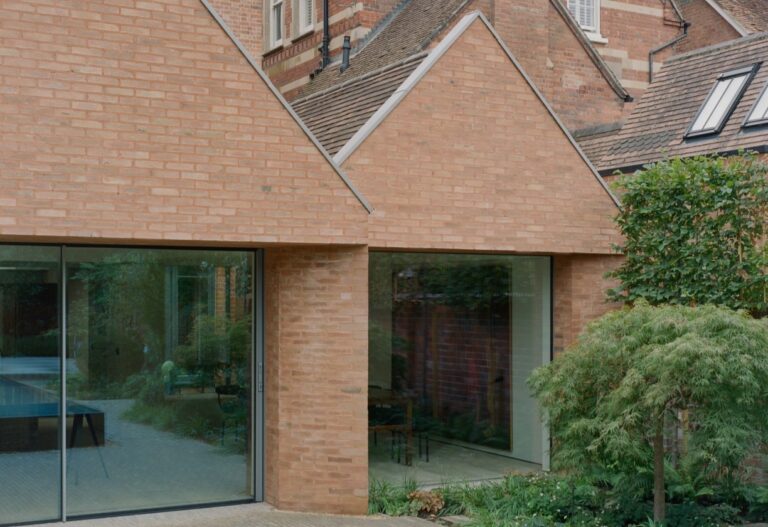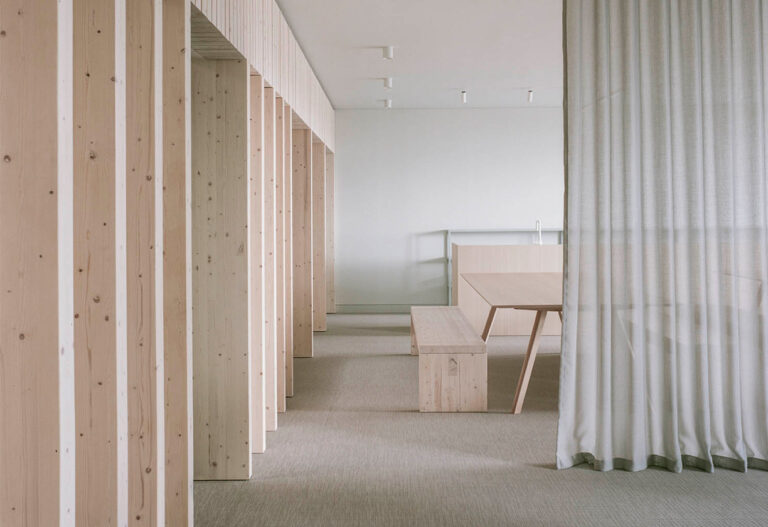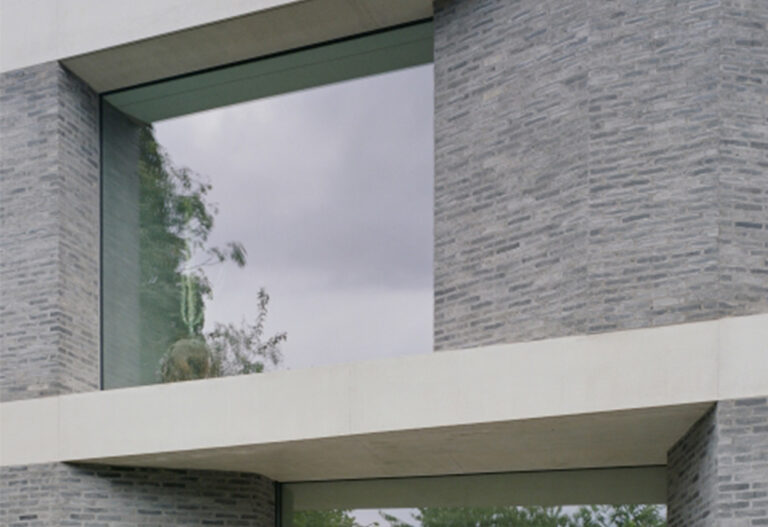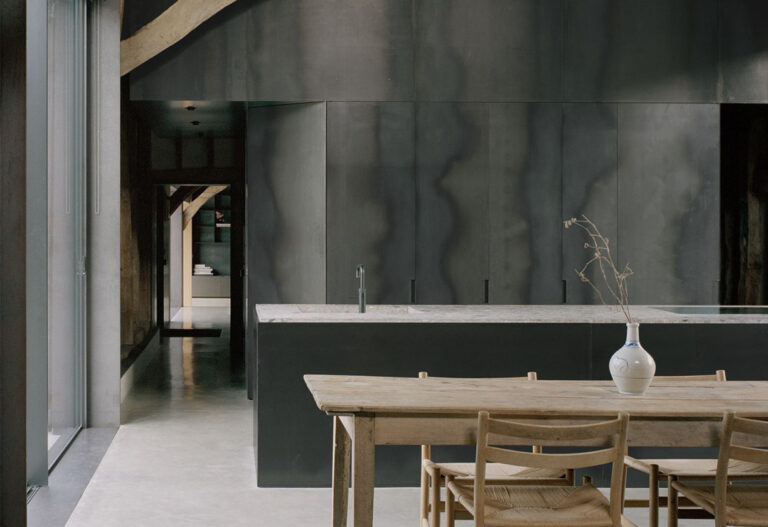Islington House
Islington House is a grade II listed Georgian town house which features a monumental split level insitu concrete rear extension. The double skinned fair-faced concrete extension has been extruded internally to form the major structural support for the existing first floor outrigger above. This project has been approach as a case study in blurring the boundary between architecture and furniture. The concrete seamlessly transitions from the structure into furniture and then into the floor finish, creating an effortless cohesive architectural language.
For this extension and refurbishment project in Islington, Mclaren Excell sought to create an intervention that would sit in contrast to the existing grade II listed Georgian town house but would also support the existing hierarchy and arrangement of spaces. The listing of the property presented certain constraints that required the design to become about managing and integrating different floor levels whilst maintaining a seamless continuity to the approach. The split level layout was implemented to create an upper dining area and a lower kitchen area with a second split level into the existing basement. The concrete frame enables a visual connection between all levels.
One of the major triumphs of this project was that the internal concrete frame and inner concrete skin was poured in one go with no tie bar holes, day joints or soft joints, just one perfect seamless sink of concrete.
As mentioned above, the main intervention involved the implementation of a monolithic but intricate insitu-concrete frame. The concrete frame has been designed to allow it to seamlessly become the many of the ‘furniture’ elements within the space, blurring the boundary between architecture and furniture. This kind of intervention enables the split level floor plan to function without ‘obvious’ structural elements allowing the space to feel free and open.
The immediate view as you enter into the extension takes in the rhythm of the exposed timber joist that transitions into concrete joists effectively drawing you into the space and your eye into the garden. Each joist be it timber or concrete had a bespoke void former created and inserted into the formwork that allows the joist to bear into the concrete with a perfect 5mm shadow gap.
Huge bespoke glazed timber pivot doors were designed by Mclaren Excell specifically for this project. The doors were fabricated to overcome the problem of installing them after pouring both the inner and outer concert walls; however this situation presented the opportunity to design something truly unique the functions effortlessly well.
The use of Oak to clad the joinery and the pivot door frames was implemented as an offset to the concrete to bring more warmth into the kitchen. The timber kitchen joinery continues down into the existing basement which serves to make each space feel connected.
Photo Credits: Rory Gardiner




















